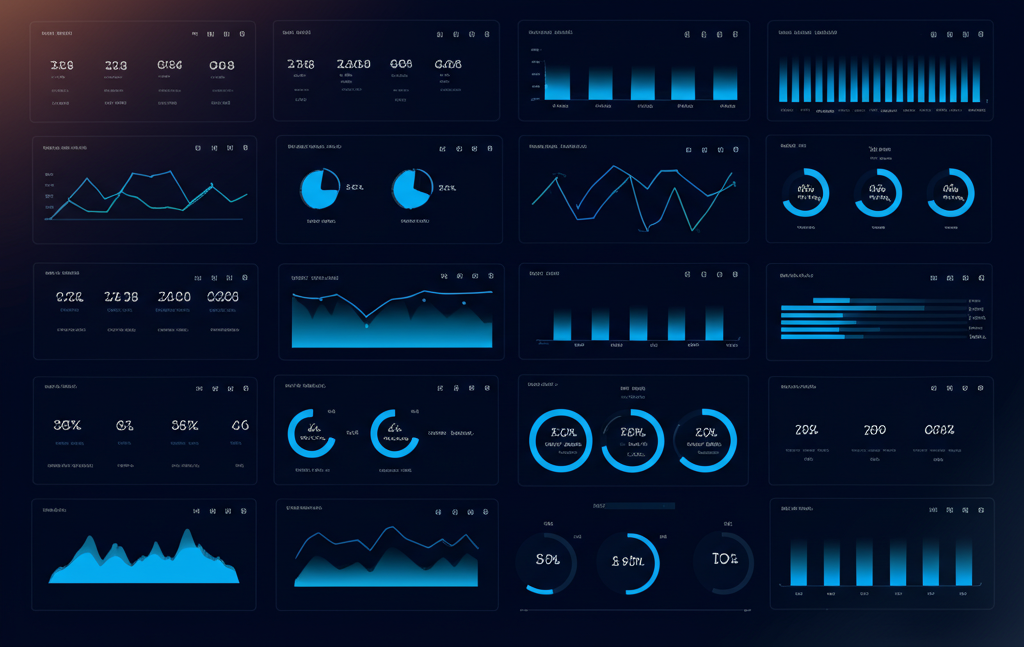Understanding the ROI of AI-Powered Accounting Tools
Learn how to calculate and maximize the return on investment from AI-powered accounting tools and discover why smart firms are making the switch now.

ROI Reality Check
Firms implementing AI-powered accounting tools typically see a 300-500% ROI within the first 12 months, with time savings of 40-60% on routine reporting tasks.
The Business Case for AI in Accounting
The adoption of AI-powered accounting tools isn't just about staying current with technology – it's about fundamentally improving your firm's profitability, client satisfaction, and competitive positioning. Understanding the true ROI requires looking beyond simple cost savings to consider the broader impact on your business operations.
Calculating Direct Cost Savings
Time Reduction Benefits
Typical Time Savings by Task:
Monthly Reporting:
From 8 hours → 2 hours (75% reduction)
Data Entry & Reconciliation:
From 12 hours → 3 hours (75% reduction)
Variance Analysis:
From 4 hours → 30 minutes (87% reduction)
Client Queries:
From 2 hours → 15 minutes (87% reduction)
Cost Calculation Example
Medium-Sized Accounting Firm (10 clients)
Current monthly time spent: 260 hours
Time saved with AI: 180 hours (69% reduction)
Average hourly rate: $150
Monthly savings: $27,000
Annual savings: $324,000
AI tool cost: $50,000/year
Net Annual ROI: 548%
Indirect Benefits and Value Creation
Enhanced Client Relationships
AI tools enable accountants to provide more frequent, detailed, and insightful reports to clients. This enhanced service quality often justifies premium pricing and reduces client churn, contributing significantly to long-term revenue growth.
Scalability Without Proportional Costs
Traditional accounting practices require linear scaling – more clients mean more staff. AI-powered tools break this model, allowing firms to handle significantly more clients with the same team size, dramatically improving profit margins.
Competitive Advantage
Early adopters of AI accounting tools gain significant competitive advantages, including faster turnaround times, more accurate reporting, and the ability to offer advanced analytics services that competitors cannot match.
Implementation Strategies for Maximum ROI
Phase 1: Foundation
- • Start with high-volume, routine tasks
- • Focus on data quality improvement
- • Train staff on new workflows
- • Establish success metrics
Phase 2: Expansion
- • Implement advanced analytics
- • Develop custom reporting templates
- • Integrate with additional systems
- • Launch advisory services
Measuring Success
Successful AI implementation requires ongoing measurement and optimization. Key metrics to track include time savings per task, error reduction rates, client satisfaction scores, and revenue per employee improvements.
Essential ROI Metrics:
Efficiency Metrics:
- • Time per report generation
- • Error rates in financial data
- • Client query response time
Business Metrics:
- • Revenue per employee
- • Client retention rates
- • New service offerings launched
Conclusion
The ROI of AI-powered accounting tools extends far beyond simple cost savings. When implemented strategically, these tools transform accounting firms into high-value advisory services, improve client relationships, and create sustainable competitive advantages. The question isn't whether you can afford to invest in AI – it's whether you can afford not to.
Calculate Your Potential ROI
Ready to see how AI-powered accounting tools could transform your firm's profitability? Get a personalized ROI analysis based on your current operations.